Trucks help move huge items and have plenty of utility space but are limited in payload capacity. It only has four wheels and cannot handle the most significant weights. That’s why some need to modify trucks into a dually to lift additional weights. Don’t worry if you don’t know how to convert a truck to a dually. We’ve researched and collected information from expert sources on how to accomplish it.
The first thing you need to do is to prepare the required materials. After that, you can follow these seven steps to convert your truck into a dually:
- Raise the truck slowly using a jack stand.
- Remove the rear wheels using a lug wrench.
- After removing the wheels, unbolt the driveline and brake line.
- Then, remove the axle held together by nuts, and lift it to its center.
- Fix the heavy leaf springs for your vehicle.
- Then, install your truck's new dually axle.
- Lastly, attach the brake and drivelines to the axle and the bolts to the dual wheels.
Remember to observe safety measures when doing these steps; you can use safety glasses and gloves as your protective gear. Continue reading as we delve into the detailed process and discuss its benefits and drawbacks. Also, we will answer if you need an alignment after adding wheel spacers and if these spacers reduce MPG and affect turning radius.
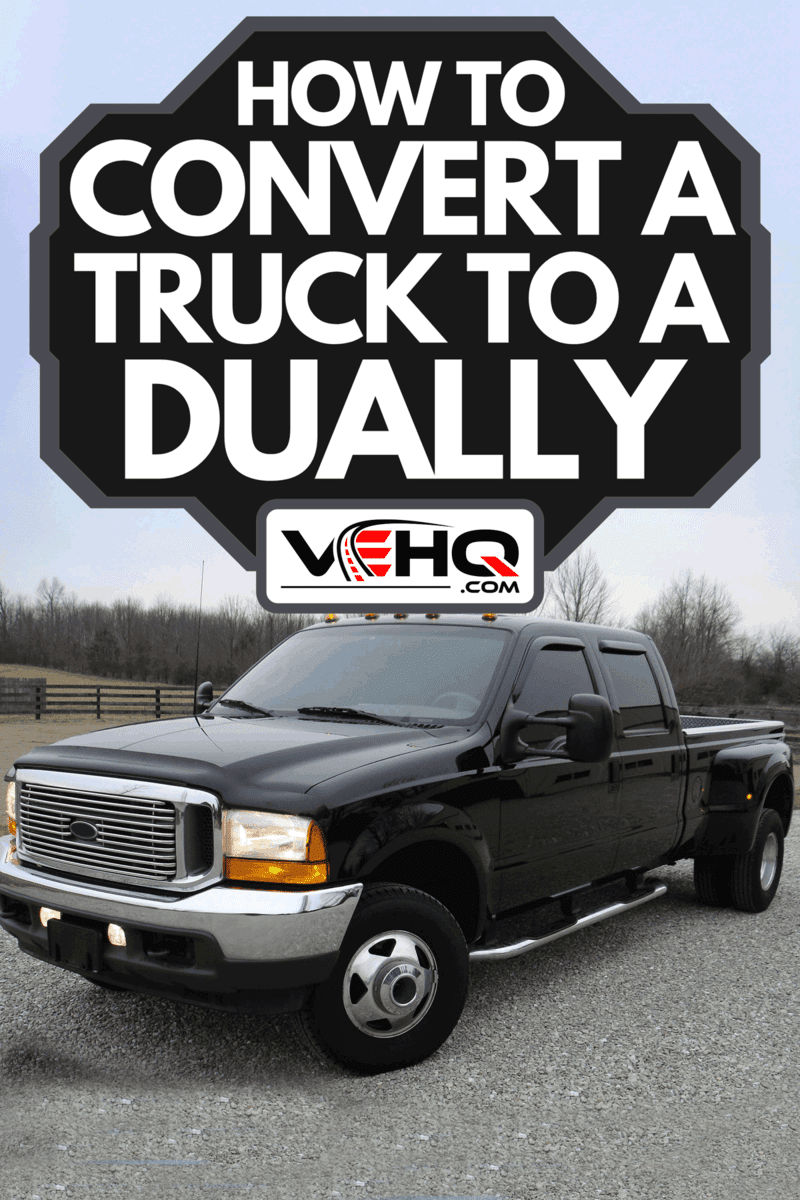
7 Steps To Convert A Truck to A Dually
Trucks are available with a single rear-wheel (SRW) or a dual rear-wheel (DRW). A DRW or dually truck is primarily a pickup having wheels on both sides of the rear axle.
Converting a truck to a dually is not that hard. We've broken it down into seven steps that you can follow, but you should first prepare these tools and materials:
- Brake line wrench
- Double axle
- Dual wheels
- Hammer
- Heavy leaf springs
- Jack
- Jack stand
- Lug wrench
- Open-end wrench
- Pry bar
- Safety glasses
- Safety gloves
- Screwdriver
- Socket set
- Torch
- U-bolts
- Wood bars
1. Raising the Truck
First, use a jack stand to slowly raise the truck, then park your car on the soft and large ground. Turn off the motor, set the blocks or wedges at the corners of the rear wheels, and then place the jack at the rear wheels of your car. These wedges will support and assist in jacking up the truck.
By checking with your hands, you may set the jack beneath it. If you can't locate the jack, read your holder's instructions for the safest picture.
After installing the jack, insert the handle in the appropriate direction of the stud. Raise it high enough to change the wheels efficiently.
Click here to see a double pin jack stand ideal for trucks on Amazon.
2. Removing the Rear Wheels
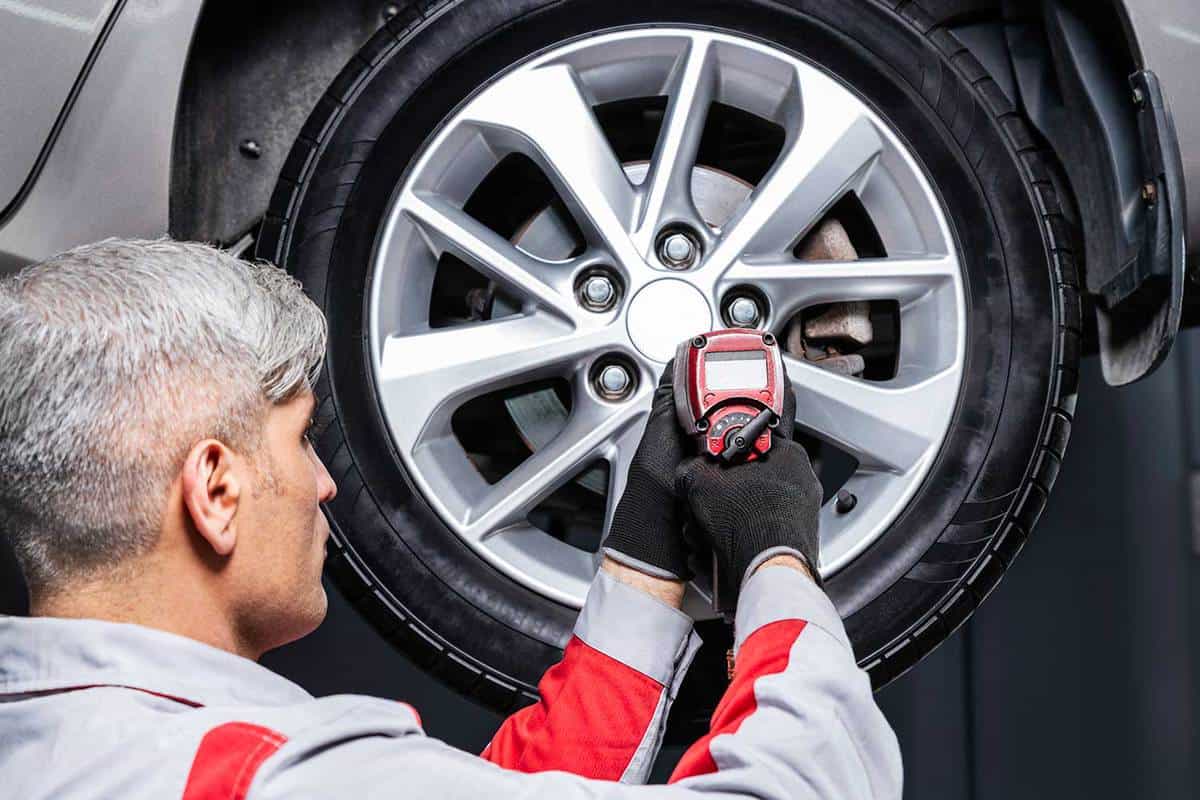
Secondly, flatten both rear tires by removing the valve stem lids. Then, using a lug wrench, remove the tire nuts from both rear wheels. The bolts are stuck in the tires and challenging to remove.
So, tighten the lug wrench on the bolt, twist clockwise to lose tire bolts, disengage all bolts, and remove wheels. It will be easier to remove the tires after removing all the fasteners.
Click here to see a heavy-duty lug wrench on Amazon.
3. Removing the Driveline and Brake Line Bolts
Remove the jack after removing the wheels, then position it near the driveline and brake line to raise the truck. Ensure the jack stand is solid since you'll be beneath it to unbolt the driveline.
The drive and brake lines are joined to the axle, so you must mark the driveline location first; the driveline bolts are very tight and rigid to unbolt.
Take the open-end wrench and tighten it against the bolt clockwise. The bolts will become loose while gently removing them and setting them away.
Then use a pry bar to manipulate the driveline beyond the axle. Place the pry bar between the axle and driveline. After removing the driveline bolts, remove the brake line bolts from the axle using the brake line wrench.
Click here to see the pry bar set on Amazon.
4. Removing the Axle and Lifting to Its Center
The nuts hold the axle in place. Insert a flat-bladed screwdriver between the rotor's flippers to adjust the axle. Then, remove all nuts and unhook them with a screwdriver.
Then look at the spindle with a torch. There will be a spring setup, and you must remove the stabilizer bar from the axle. You must remove the screws with a lug wrench to free the bar jaw from the spindle.
Then drive the axle back through the spindle and replace the nut to secure the shaft. Then pound the nut hard and lose it again. Finally, hammer the nut one more and remove it.
The nut will come off the axle. Remove the three bolts that hold the axle in place by going beneath the surface and then remove the axle.
Lift the axle center using a jack now and move the jack beneath the axle. If you don't know where to put the jack, you may check it in your handbook.
Then fix the shaft to the jack after raising the axle center and replace the leaf springs and another jack. After putting it beneath the car, test its stiffness.
5. Fixing the Heavy Leaf Springs for Your Vehicle
Only the rear wheels use heavy leaf springs. The leaf springs sustain the car, unlike other springs. Fix the bolt in the straight line in leaf springs and place them back where they belong.
Tighten the bolt, then elevate the jack beneath the leaf bolts. Then use a hammer to fasten the bolt. After that, put the U-bolts in the middle of the leaf springs and hammer them in place.
Use a socket set to secure the frame beneath the U-bolt. After repairing the heavy leaf springs, the new axles are installed.
6. Installing Your Truck’s New Dually Axle
You must install the new double axle to complete the process. Fix the jacks carefully beneath the automobile and mark the axle below the surface.
You should change the dually axle if you detect any defects. You will need a buddy for this step. Place it correctly and instruct your assistant to use the socket set to tighten the nuts.
Remove the U-bolt and install it appropriately. Double shaft protection with U-bolts is critical. You must tighten the nuts and U-bolts to ensure that the dual axle is firm.
Click here to see standard gear axles on Amazon.
7. Attaching the Brake Line and Driveline to the Axle and the Bolts to the Dual Wheels
Attach the new driveline and brake line to the axle, and secure it with the U-joint. Then, place the U-joint on the driveline with the two caps removed.
Place the lid on both sides of the driveline and screw the cap on. Hammer the U-joint caps to tighten them and attach a yoke to the U-bolt.
Tighten the nuts using a wrench after attaching the driveline to the axle. Now connect the brake line to the pickup. To install the brake line, you will need a wrench set. Just use bolts to reattach the brake line.
After that, attach the wheel stimulator to both rear wheels, then raise the rear wheel using a jack and jack stand. Fix the pickup's one dual rear wheel securely.
Repeat on the opposite side of the wheel. After adjusting the wheels, check the pickup's wheel alignment. It should be solid and firm.
Remove the jack and jack stand from beneath the truck after installing the extra rear wheels. If the new tires are not covered, then cover the top side of the wheels with wooden bars. The wooden bars will also protect the wheels to preserve the frame's equality.
You can watch the video below to see an actual demonstration of converting a truck to a dually.
Benefits of A Dually Vs. A Regular Truck
Knowing what dually means helps you understand the structural difference between a standard vehicle with four wheels and a dually truck with six. Where do regular trucks and dually trucks differ? Do more wheels matter? Here are the benefits and differences between dually and regular trucks:
Payload Capacity
Dually trucks are built to handle huge loads. For example, a 2020 Chevrolet Silverado 3500HD (DRW) can carry 2,215 pounds and tow 5,500 pounds more than its SRW equivalent.
Safety
The two rear tires boost towing and loading capacity and improve vehicle stability. Tired dually vehicles are safer and more stable in windy circumstances. Those additional rear wheels might help in case of a tire blowout. In addition, dually trucks often have enhanced brakes, springs, and shocks for better-stopping force and grip.
Performance
Dually trucks may seem challenging to drive, but that is a widespread fallacy, among those unaware of its purpose. One benefit is improved traction in mud as additional tires provide a more fantastic grip. Second, they provide excellent trailer stability and sway control, particularly in windy weather or curving routes.
Dually Trucks Drawbacks
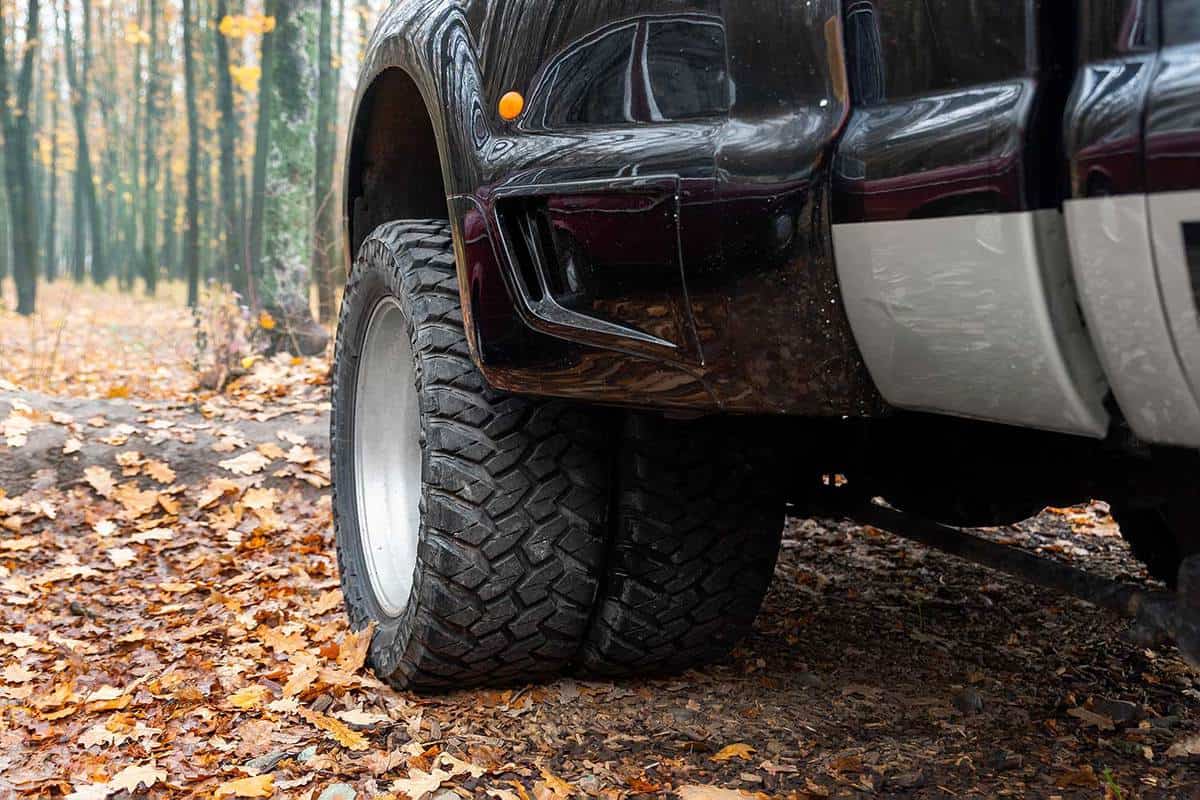
A dually truck has a few disadvantages, some small and one significant.
Initially, you will anticipate more significant maintenance expenditures due to other tires. Gas prices are also somewhat higher. Moreover, these trucks must be registered as commercial vehicles in certain places, regardless of whether you utilize them for business or personal purposes.
These trucks have significant sizes, so parking them in familiar places might be difficult. Furthermore, larger vehicles have a rougher ride than trucks with single rear wheels.
The most major danger for dually trucks is hydroplaning. Wider tires tend to hydroplane more quickly, and it is because of the extra tires you added.
If your truck hydroplanes, don't hit the brakes or gas. Instead, Toyota of Cool Springs advises keeping your foot softly on the pedal and steering straight to avoid flooding. To lessen the chance of hydroplaning, ensure the tires are properly inflated and not worn. SafeMotorist.com also suggests driving at lower speeds and in lower gears.
Do I Need an Alignment After Adding Wheel Spacers?
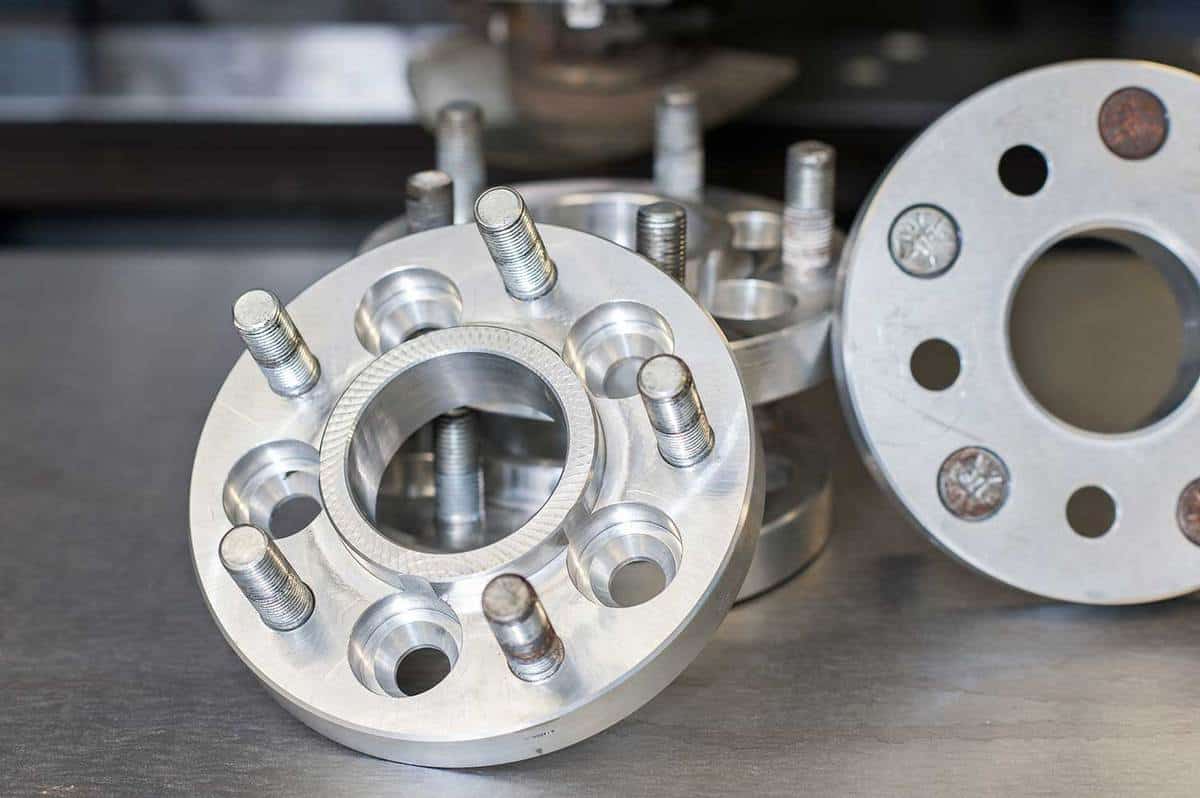
Do not align if adding spacers. An alignment is required if you are replacing anything in your suspension. You don't need an alignment with larger/wider wheels unless they rub and you wish to change them.
Do Wheel Spacers Reduce MPG?
There are lots of variables that impact MPG, some more than others. Theoretically, installing wheel spacers should result in a bit of reduction in MPG.
It happens when wheel spacers increase the distance between the wheels, pushing the wheels outward, causing the fender flare to protrude. Consequently, it modifies the vehicle's drag coefficient, and thus, affecting MPG.
Do Wheel Spacers Affect Turning Radius?
The wheel spacers will not affect the turning radius since the front wheels' turning angle and wheelbase aren't changing.
To demonstrate, with 10' wheel spacers, the inner wheel of the turn would remain stationary while the outside wheel would have to revolve fast.
Final Thoughts
We hope you have gained the knowledge and the skills needed to convert a truck to a dually with this article. However, it is still advisable to seek professional help from experienced individuals to get favorable results.
If you enjoyed this post, you might as well check out the following:

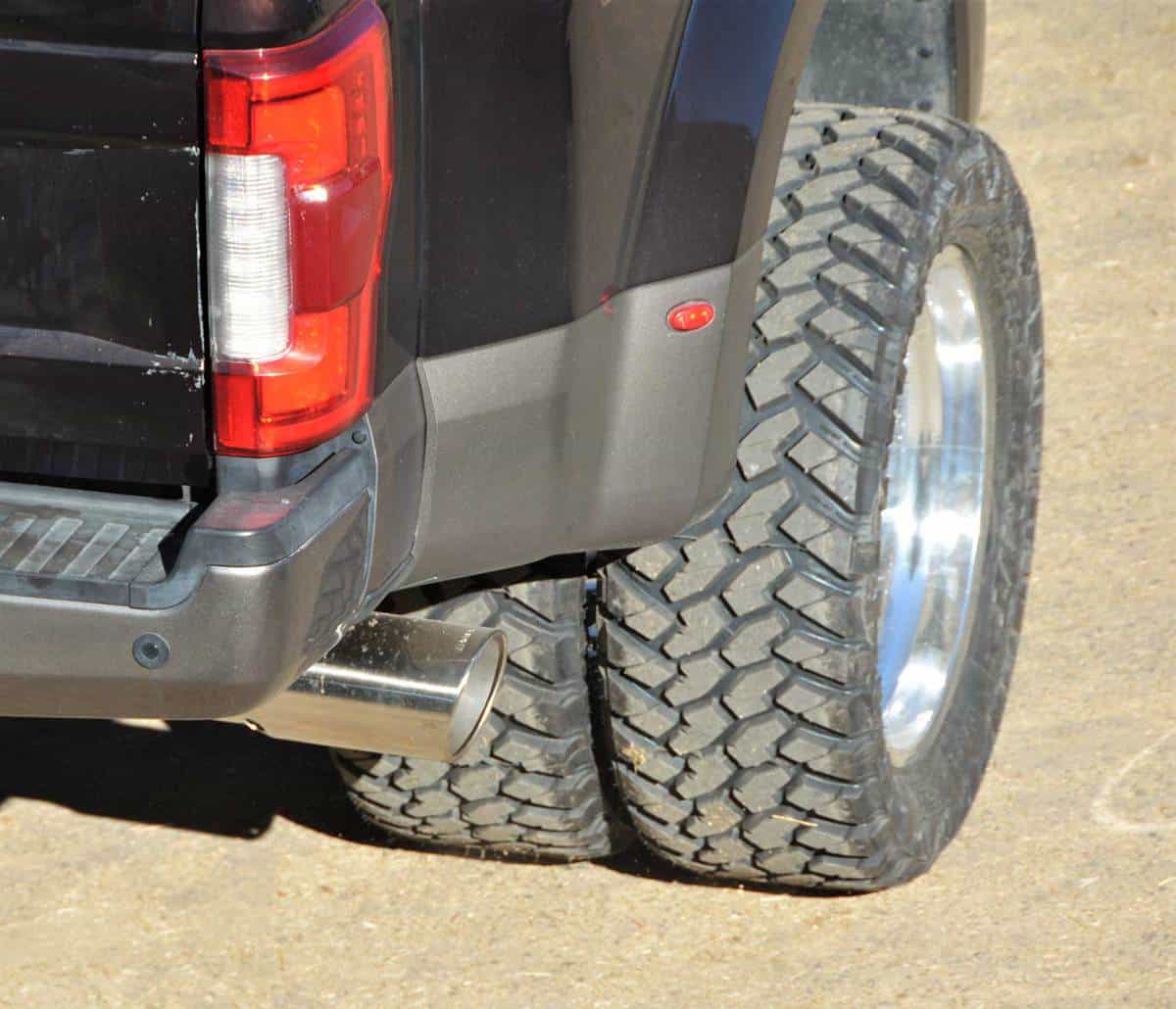




2017 GMC 3500 DENALI cant change from single to a DUALLY.